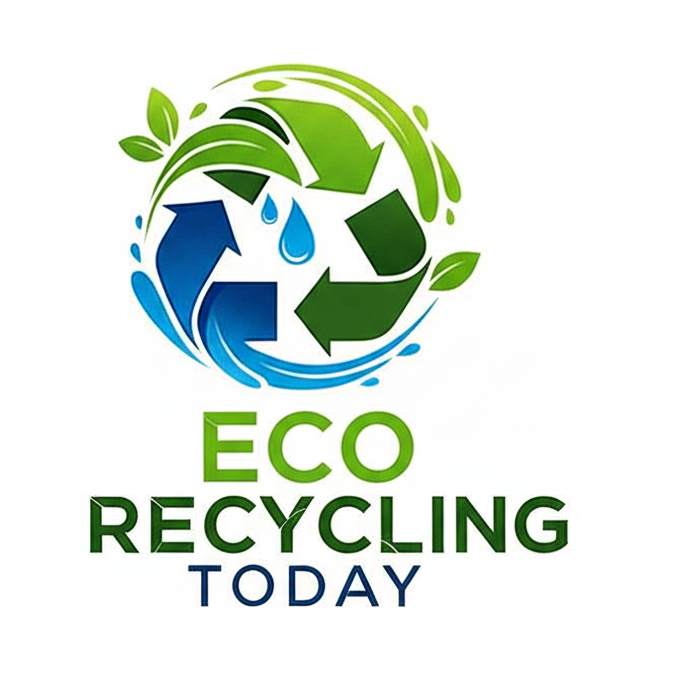In today's world, sustainability is not just a buzzword—it's a necessity. Businesses, governments, and individuals are increasingly adopting recycling strategies to reduce waste, conserve resources, and protect our environment. Whether you're new to recycling or looking to refine your current approach, developing a solid recycling strategy is key to maximizing impact. Here's a detailed guide to building an effective recycling strategy. Recycling is more than just a way to manage waste; it's a critical component of the circular economy. A robust recycling strategy can help:
- Reduce landfill waste: Diverting materials from landfills reduces pollution and conserves space.
- Conserve natural resources: Recycling materials like paper, plastic, and metals reduces the need for raw materials.
- Lower greenhouse gas emissions: Recycling processes typically use less energy compared to producing materials from scratch.
- Boost brand reputation: Sustainability efforts resonate with eco-conscious consumers, strengthening trust and loyalty.
Steps to Develop an Effective Recycling Strategy
1. Assess Current Waste Management System
Start by conducting a waste audit. Identify the types of materials your home or organization generates and how much is being recycled versus discarded. Understanding your waste stream is essential for targeting improvements.
2. Set Clear, Measurable Goals
Define specific goals for your recycling program. Examples include:
- Achieving a 50% recycling rate within a year.
- Eliminating single-use plastics from your operations.
- Reducing overall waste generation by 25%.
3. Prioritize Material Categories
Focus on the materials with the highest environmental impact or the most potential for diversion. For example:
- Paper and Cardboard: Easily recyclable and widely accepted.
- Plastics: Emphasize high-value plastics like PET and HDPE.
- Metals: Aluminum and steel recycling save significant energy.
- Organics: Compost food scraps and yard waste to reduce methane emissions.
4. Educate and Engage Stakeholders
Behavioral change is a key component of any successful recycling strategy. Educate employees, customers, or community members about proper recycling practices through:
- Workshops or training sessions.
- Clear signage on recycling bins.
- Social media campaigns promoting eco-friendly habits.
5. Implement the 3Rs: Reduce, Reuse, Recycle
A recycling strategy isn’t just about recycling—it’s about reducing waste at the source. Encourage practices like:
Using reusable packaging.
- Offering incentives for consumers to return recyclable products.
- Implementing waste reduction programs in operations.
6. Partner with Local Recycling Programs
Collaborate with municipal recycling facilities, private recyclers, or specialized programs. Stay informed about local recycling guidelines to ensure compliance and maximize efficiency.
7. Monitor and Adapt
Track your recycling metrics regularly. Use the data to refine your strategy and address challenges. For example:
Are contaminants affecting recycling rates? Offer clearer instructions on sorting.
Is participation low? Run awareness campaigns to boost engagement.
Trends in Recycling Strategy
- Extended Producer Responsibility (EPR): Companies are increasingly taking responsibility for the end-of-life management of their products, ensuring proper recycling or disposal.
- Smart Recycling Bins: IoT-enabled bins are revolutionizing waste management by providing real-time data on waste streams.
- Recycling Uncommon Materials: Items like mattresses, electronics, and construction materials are gaining attention for recycling opportunities.
A well-thought-out recycling strategy can transform waste management into a meaningful sustainability effort. By assessing current practices, setting clear goals, and engaging stakeholders, you can make recycling an integral part of your environmental commitment. Stay informed about emerging trends and continue to refine your approach to create lasting positive change.
If you need a customized recycling strategy, we can help businesses, municipalities, and organizations reduce waste, recover resources, and advance sustainability. Whether you're launching a new program or improving an existing one, our experts work with you to develop a cost-effective, efficient, and environmentally responsible approach tailored to your goals.
